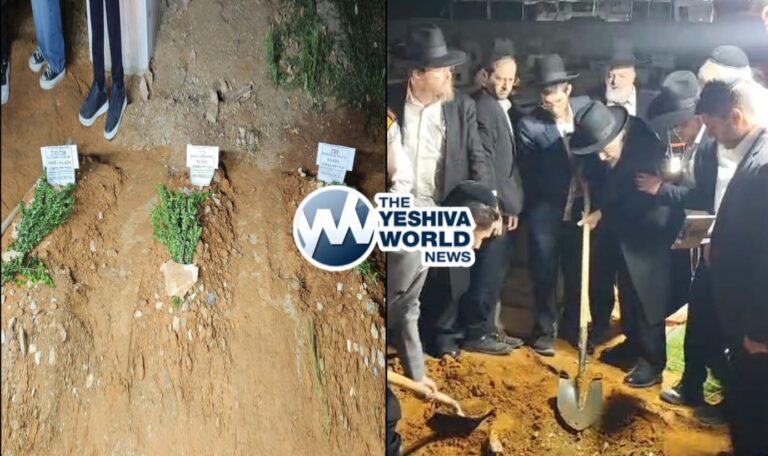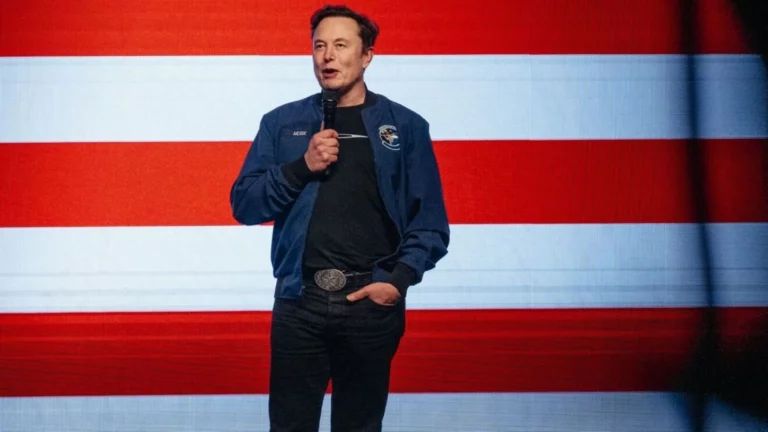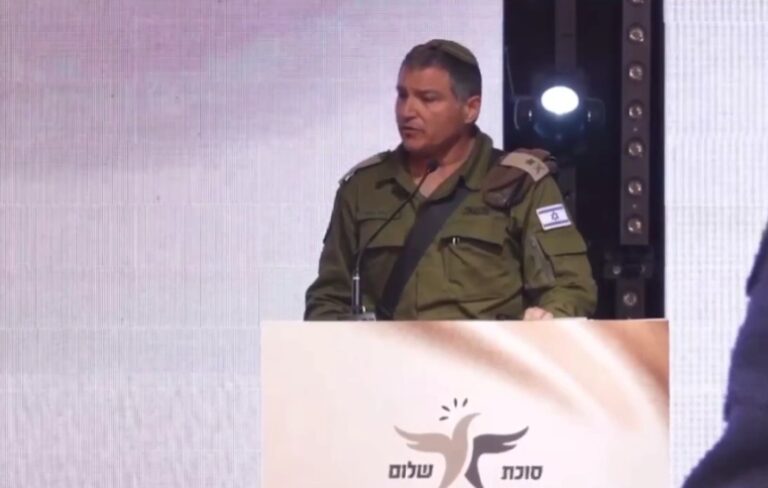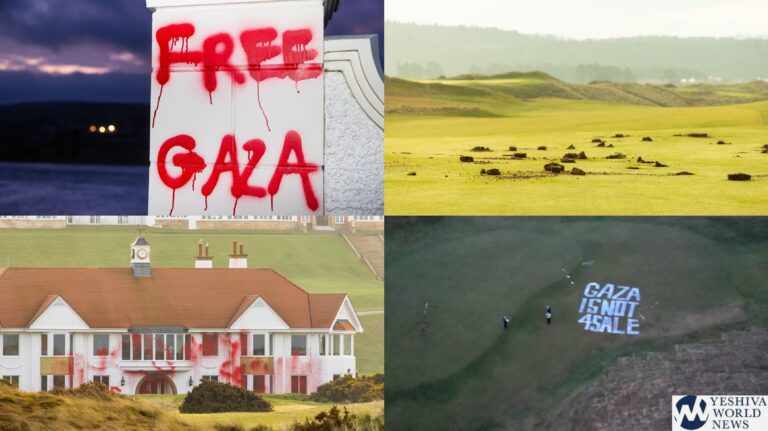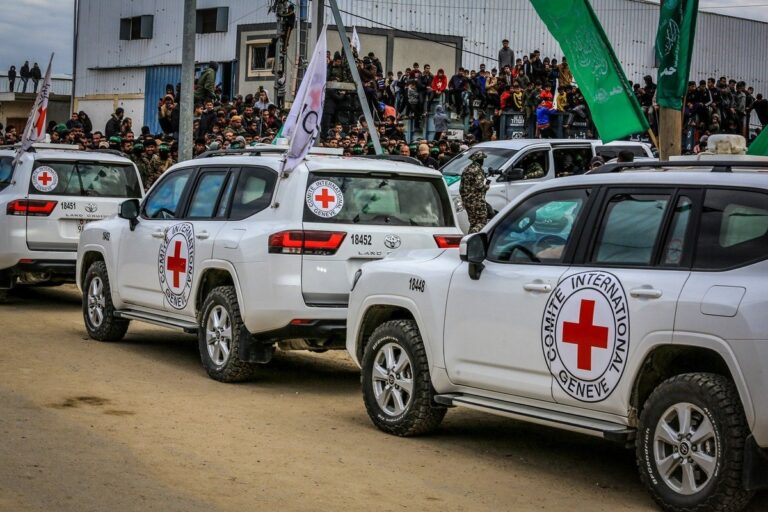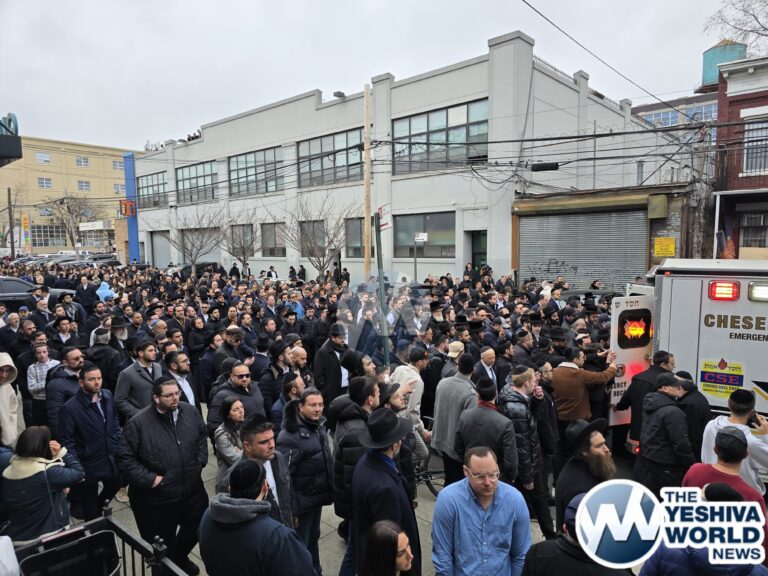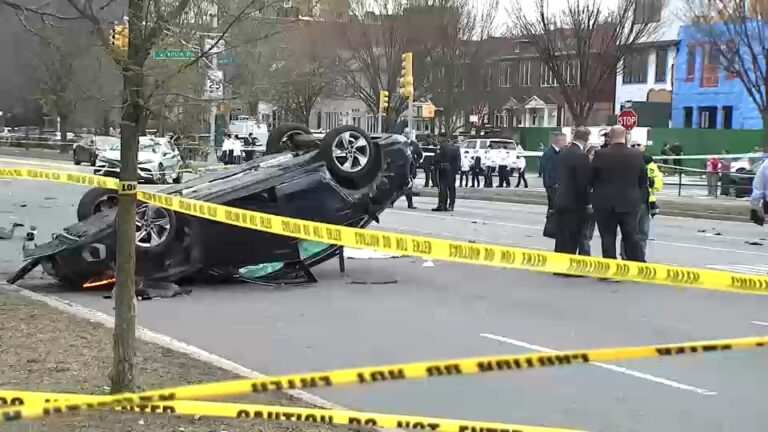 The head of the U.N. nuclear agency pushed back on Thursday against critics questioning the wisdom of letting Iranian experts take samples meant to help determine whether their own country clandestinely worked in the past on atomic arms, saying he is convinced the process was faultless.
The head of the U.N. nuclear agency pushed back on Thursday against critics questioning the wisdom of letting Iranian experts take samples meant to help determine whether their own country clandestinely worked in the past on atomic arms, saying he is convinced the process was faultless.
Yukiya Amano spoke to The Associated Press less than a week after confirming that Iranians did the environmental sampling at a site where such alleged experiments took place. Personnel from his International Atomic Energy Agency normally do the work of swiping equipment and sampling the soil and air at sites they suspect was used for hidden nuclear activities.
Noting that the Iranians were under stringent IAEA monitoring, Amano then said he was confident “so far” that the samples were genuine. He appeared to go further on Thursday, however. While declining to say how far his agency’s laboratory analysis has gone, he said he is “very sure that … the samples are authentic.”
The alleged test of explosive triggers for a nuclear bomb at the Parchin military site is one of about a dozen suspected experiments linked to such a weapon that the IAEA has been trying to probe for more than a decade. Iran denies ever working on such arms and says its present nuclear program is meant only to generate power and for science and medicine.
But it is in Tehran’s interest to help work toward a final IAEA assessment of the allegations scheduled for Dec. 15. That report will feed into the larger July 14 nuclear deal between Iran and six world powers and so help determine whether all sanctions imposed on Tehran over its nuclear program will be lifted.
Amano, who met President Hassan Rouhani and other senior Iranian officials on the weekend in Tehran, said they are keen to wrap up the probe and “would like to further accelerate the process.”
Critical Republicans continue to focus on Parchin, even after a failed attempt this month to have Congress reject the overarching July 14 nuclear deal swapping sanctions relief for cuts in Iran’s current atomic activities.
They assert that giving Iranian officials the right to collect samples there not only amounts to “self-inspection” of the site but also is emblematic of what they say were unnecessary concessions are to Tehran in the July 14 agreement.
Amano rejected such interpretations, saying that through state of the art video, photo and global positioning system monitoring, “we are very sure that the integrity of the (sampling) process is assured.” He declined to say whether IAEA personnel were at the site southeast of Tehran during the sampling. Iran has said none were.
Amano, in comments made while flying to this week’s U.N. General Assembly, also said it was too early to draw conclusions from what Iranian media describe as a weekend courtesy visit by him to the building where the alleged experiments took place. Citing satellite imagery, the IAEA has expressed concern that what it describes as extensive renovations at the site over the years have diminished agency attempts to sleuth the building for evidence of the alleged weapons work.
Their visit was separate from the environmental sampling. Amano said he and as deputy had “not seen any equipment” that could be linked to the alleged tests during their visit, but added: “Renovation activities were ongoing.”
(AP)


